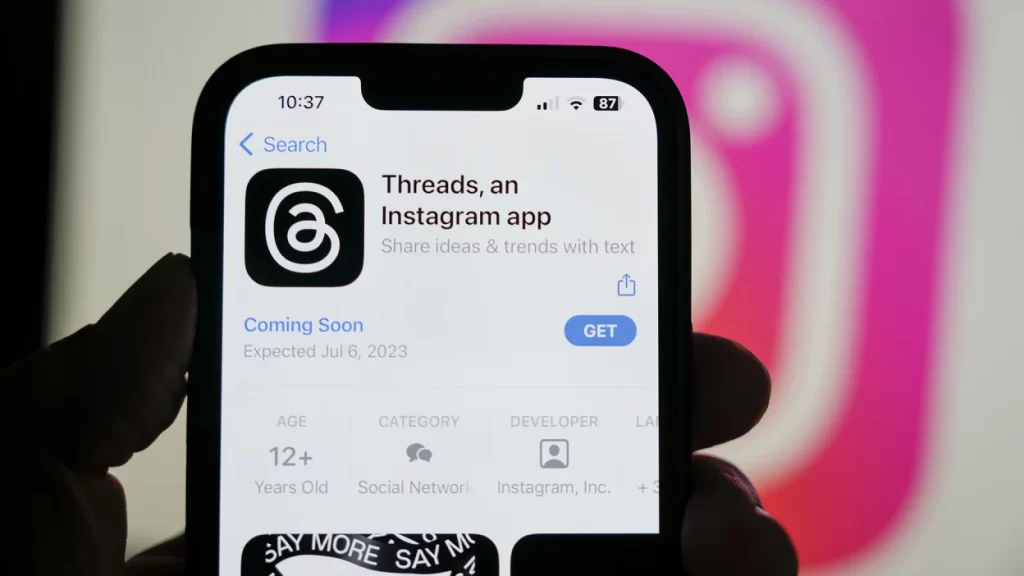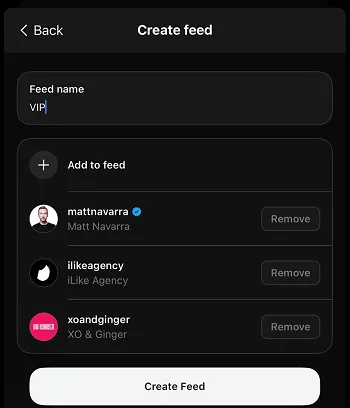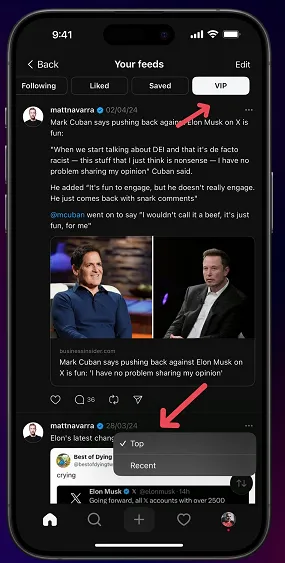Last Updated on September 4, 2024
Threads has introduced its own take on ‘Twitter lists’ and added a new “Media” tab to profiles as part of its ongoing effort to enhance its experience like X (former Twitter).
These updates are clearly inspired by Twitter.
To begin with, Threads is slowly implementing a new “Media” tab on user profiles, similar to the feature on X (Twitter), allowing users to conveniently view all the images and videos shared by an individual.
This feature, akin to what’s available on X(Twitter), will consolidate all media content in one location, making it easier to access images and videos shared by the user.
This update is beneficial because it helps users locate specific posts that include media. As we’ve mentioned, X already offers this feature. It seems that Threads is aligning its platform’s functionality with its competitors.
In addition, they’ve introduced a new feed option.
Similar to X feeds, you can now create a separate list of posts from chosen users and add it as an individual stream, which will be accessible from the main app interface.
This feature will simplify tracking specific topics and interests by allowing you to create custom lists based on profiles or keyword searches, which you can sort by “Recent” to view the latest updates.
However, you cannot set “Recent” as the default view, so you’ll need to manually adjust it each time, which can be a bit inconvenient. Meta tends to drive more user engagement through algorithmic feeds, so while you have the option to switch, Meta prefers users to stay within its system-defined rankings.
Back in 31st of January 2024, Adam Mosseri noted that lists in particular, while highly requested by users
We understand, and it’s on the table. My honest take though is that requested features like lists, an edit button, a following feed, trending, and hashtags are all good to build, but none noticeably grow Threads or Threads usage. We’ll continue to build them because it’s good to build features that your most engaged users are exited about, but it’s hard to prioritize them when the measurable impact is negligible.





